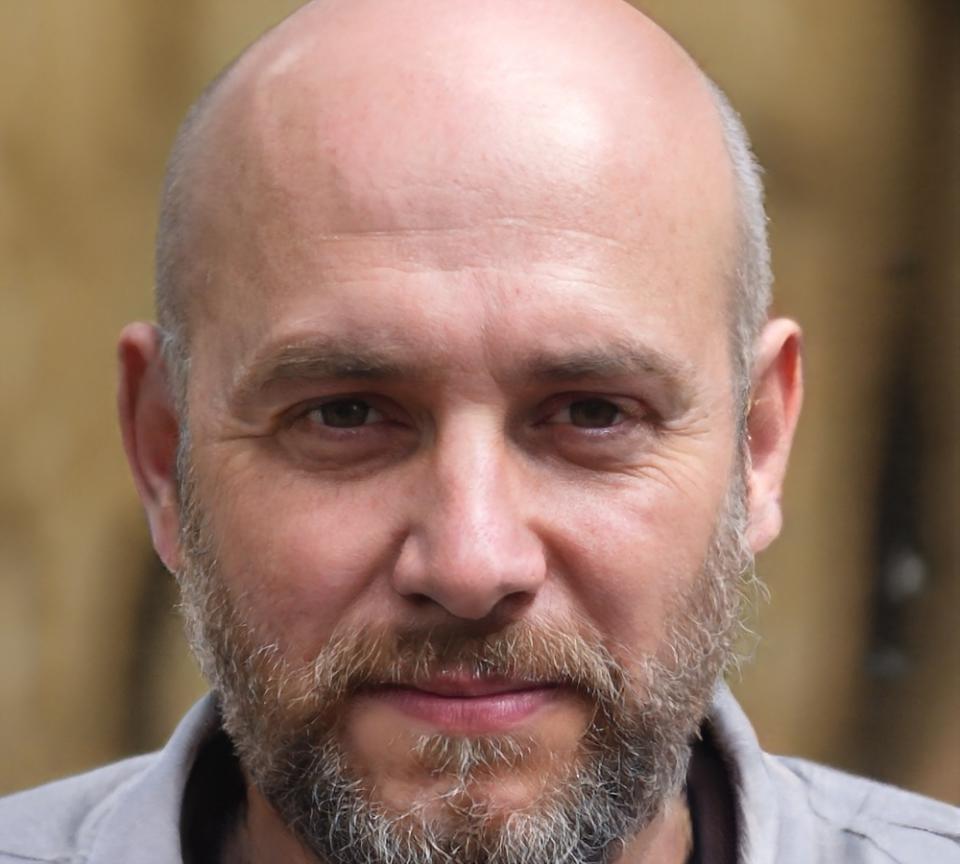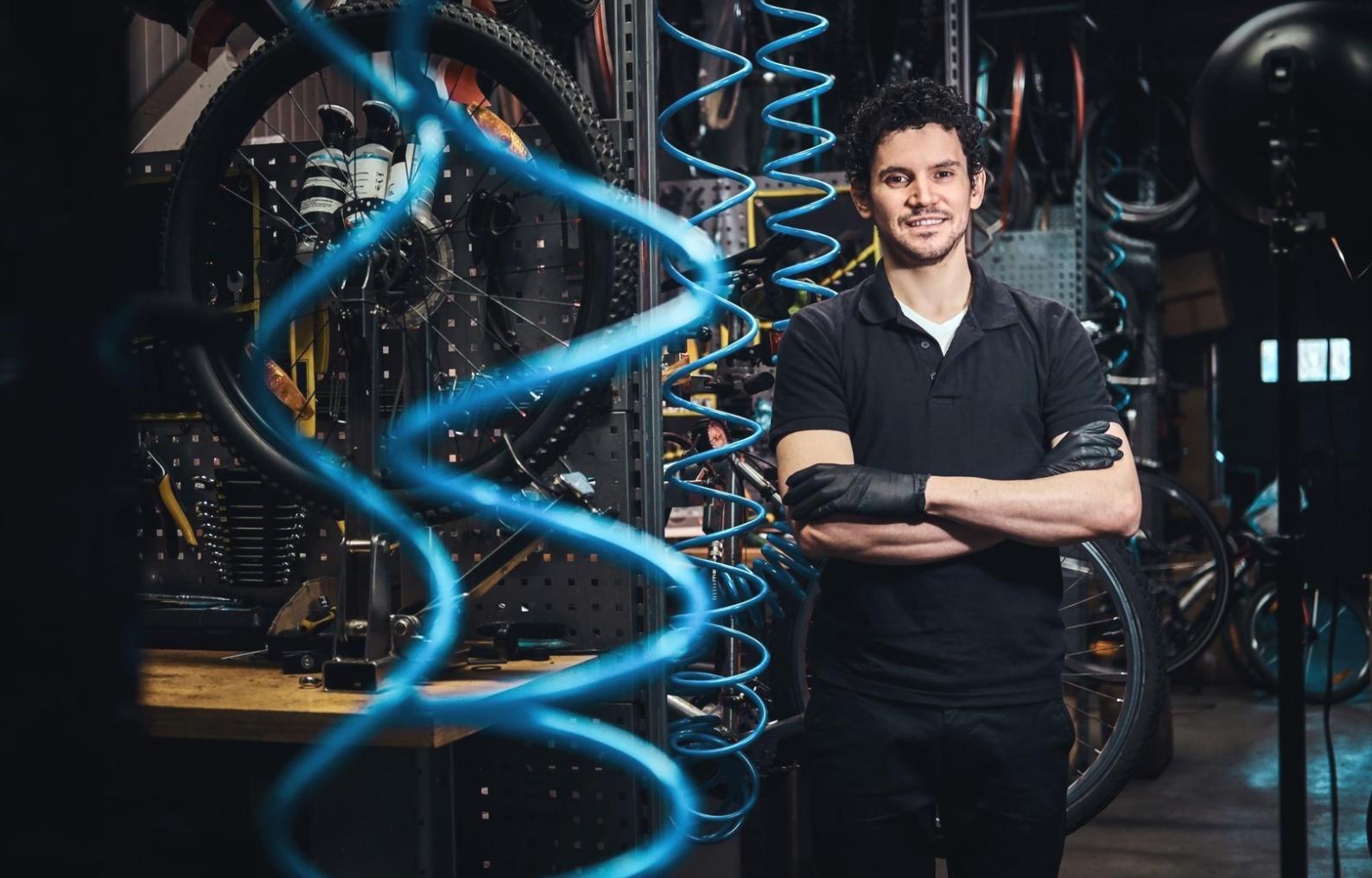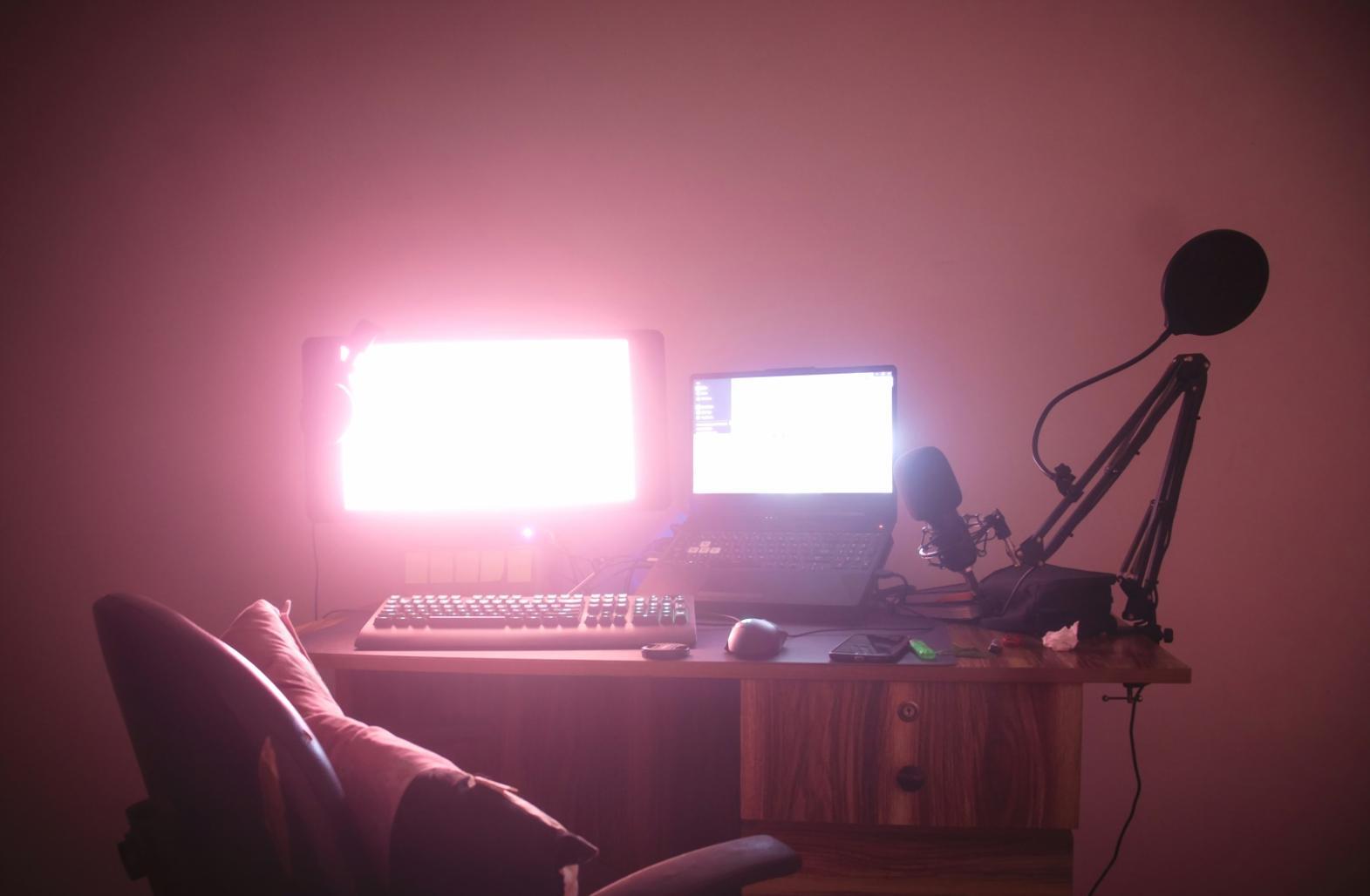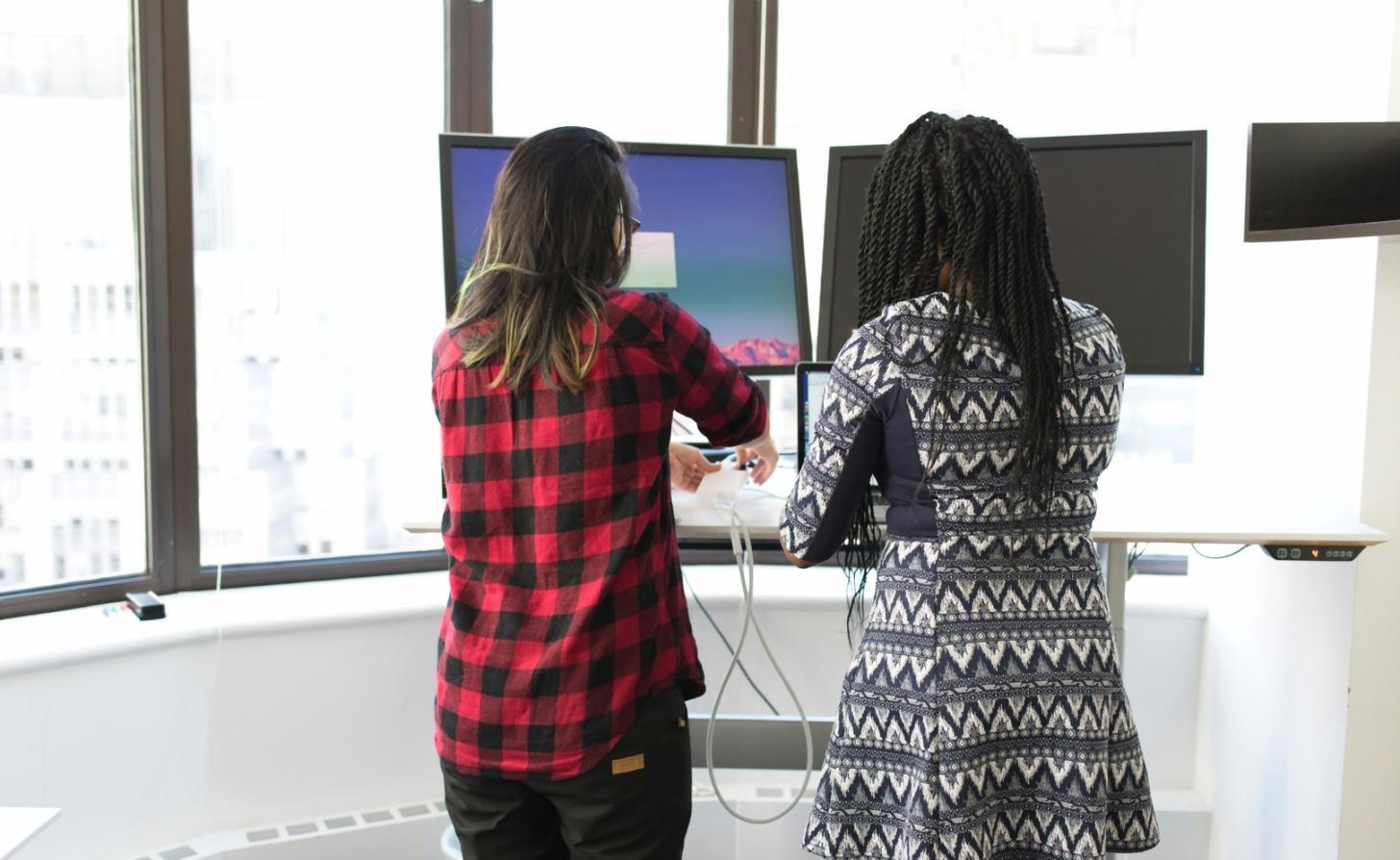We Build Game Worlds That Actually Move
Started in 2021 when a couple of game developers got tired of teaching the same old tricks. Physics simulation shouldn't feel like advanced calculus—it should feel like building with digital LEGO where gravity actually works.
Our courses help people create games where objects bounce, roll, and crash in believable ways. No doctorate required.
Based in Prishtina, Kosovo | Teaching students across Europe and beyond
How We Got Here
Back in early 2021, Viktor and Matej were working on separate indie projects. Both kept running into the same wall—making objects interact realistically without spending months on complex physics engines.
After a few late-night conversations at a game dev meetup, they realized something: most courses teach either pure physics theory or pure coding. Almost nobody bridges that gap in a way that sticks.
So they started small. A weekend workshop on rigid body dynamics. Then another on collision detection. By autumn, they had 30 people asking for more structured learning.
Our first official course launched in February 2022 with 14 students. Half of them shipped their first physics-based game within six months.

What Makes Our Approach Different
Start with Movement, Not Math
We begin by getting something moving on screen in the first hour. Then we explain why it works. Turns out people learn physics formulas way faster when they've already seen the result.
Real Projects from Day One
Every lesson connects to building actual game mechanics. Want to learn vector math? Great—we're building a billiards game. Need to understand torque? Let's make a physics-based character controller.
Small Groups, Real Feedback
We cap each cohort at 18 students because that's the sweet spot where everyone gets proper code reviews. Your instructor will actually look at your collision detection code, not just auto-grade assignments.
Who's Teaching This Stuff
Our instructors aren't academic theorists—they're people who've shipped commercial games and dealt with the messy reality of making physics systems work on different hardware.

Viktor Drenski
Lead Instructor, Physics SystemsSpent five years optimizing physics engines for mobile games before realizing he enjoyed teaching more than debugging. Built the curriculum we still use today. Still codes every weekend.

Matej Košir
Technical Director, Game MechanicsFormer technical artist who got obsessed with making destruction systems look convincing. Now helps students understand why their ragdoll characters keep flying into orbit. Collects vintage physics textbooks.
What Our Learning Environment Looks Like
We run cohort-based programs starting September 2025 and February 2026. Most students balance the coursework with full-time jobs—our async format with weekly live sessions seems to work well for that.



